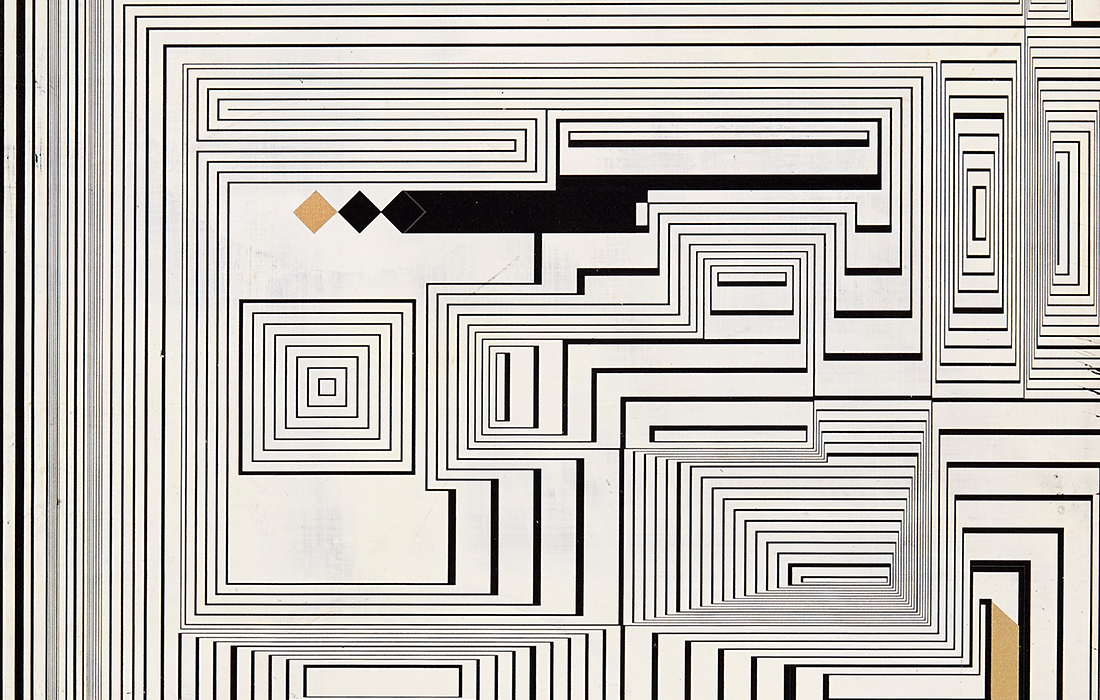
Francisco Larios
Xochitempayo
Exhibition
-> May 8 2025 – Jun 27 2025
Galería Hilario Galguera Condesa presents Xochitempayo by Francisco Larios.
To journey through the work of Francisco Larios is to let oneself be carried by lines that reframe our perspective on the Earth and the place humankind occupies within it. Larios’s creative process is rooted in a profound awareness of humanity’s situation on the planet. His artistic stance coalesces into a series of ideas about the relationship and impact of humans on the earth, on themselves, and on their inherent capacity for questioning. Larios offers objects that act as catalysts of sensation, capable of evoking humankind’s ability to reconnect with the sacred and to escape the tangibility of the self.
Larios’s work alludes to the great gardens that have accompanied humanity over the centuries, spaces that have become sacred places with a timeless role in reflection, reconnection, and introspection. Xochitepanyo is the Nahuatl term for a walled garden, a vertical green wall like a living rampart, to which Larios refers to emphasize the marking of boundaries; the drawn line becomes the marker that differentiates the sacred from the profane. If the garden is conceived as a sacred place set apart from the profane (understood as the everyday real), then it is a delineated space specifically created for humans to imagine, to create, to question, to seek beyond, and to deny their finitude. In this way, it becomes a sacred space.
It is no coincidence that the supports of those works in which lines appear, evoking the marks left when the earth is divided into plots, are made with gold leaf. This choice highlights the link between value and the topographic site of habitation, a value derived not only from occupying the land but from survival itself: the earth is what provides life. Likewise, it is not by chance that the drawing that distorts geometry and constructs divergent forms alludes to a political and social issue: unequal land distribution. Nor is it accidental that the structures, sometimes symmetrical and often asymmetrical, acknowledge the imprint of humanity on nature the undeniable and inescapable relationship between humans and their environment. In Larios’s work, the strokes, the materials, the trajectory of lines, the points of convergence, and the volume all serve as traces of an homage the artist pays to the earth, intended to provoke a return to it, to see it anew, and to care for it.
An essential characteristic of the 21st century is the abrupt explosion of information, objects, food, and products, a proliferation that has caused a significant depletion and degradation of natural resources to sustain its production. This is why a key condition of contemporary life, especially in large metropolises, is the disconnect between understanding how we are provided with all these objects and materials that make up the city, and grasping the reality of how industries operate to produce them. Thus, Larios’s work gains strength by prompting us to look both backward and forward in search of reconnection with the planet with who we are and who we once were. Beyond merely suggesting a return to our origins, it calls for a reconsideration of humanity’s stance toward the planet and toward ourselves, revealing how, throughout our history, an intrinsic need for metaphysics has always emerged, a longing for what lies beyond nature.
–Natalie Gama Pourdanay